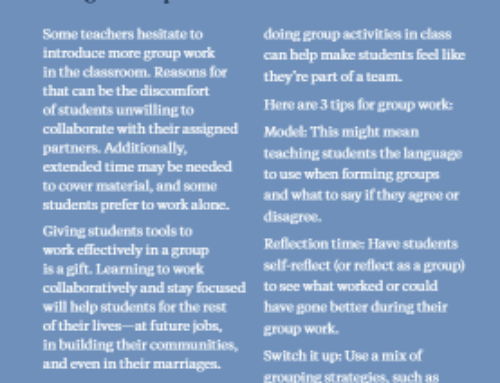Please introduce yourself.
My name is Shaina Baumgarten. I have been working in preschool for over 20 years, primarily with 2-year-olds.
What is your Chinuch philosophy?
I believe that teaching is a four-way partnership—the parents, teachers, children, and Hashem. We are all working together towards one goal: helping children discover who Hashem created them to be and helping them learn and develop the skills, knowledge, and tools they need to reach their potential.
I hear you are a very creative teacher…
B”H. I was very lucky to begin my preschool career working with an incredible teacher and mentor, Morah Flory Heller. She trusted me and encouraged me to come up with my ideas, and gave me the space to implement them without micromanaging me. It allowed me to explore various sources for inspiration, whether online, through my own ideas, or by expanding upon hers.
How can less creatively inclined teachers inject creative flair into their classrooms?
We are born creative individuals, and our creativity can take many forms. Over the years, our creativity may have been stifled by well-meaning adults or other circumstances. At times, we can get stuck in our definition of what creativity means. If we take the time to observe children and watch how they look and interact with the world with their natural curiosity and creativity, we can learn from them and awaken our own creativity.
Can you share an example of a particularly successful creative project or lesson you’ve implemented?
One year, we created a body unit to understand what happens to food after we eat it and how different foods help our systems. This was sparked by the children’s interest and questions during snack and lunchtime. These were two-and-a-half-year-olds talking about their esophagus and intestines and how their veins carried blood!
How do you engage students who are less interested in creative activities?
We spend a lot of time introducing materials and letting the children explore them without pressure. Then, we slowly add more elements so they can get more creative. Watch what interests the children and see if you can help introduce them to something they are hesitant about by using something else that they are passionate about. A child who loves playing with cars and is nervous to touch paint may be willing to dip a car into paint and make tracks on paper.
How do you measure the success of a creative lesson or activity?
I try to get a sense from the children – how engaged they are, and whether they talk about it or ask if they can do it again. I also understand that just because a lesson is going in a different way than how I planned it, it doesn’t mean it was a failure and not worth it. There is always a lesson to be learned, and sometimes the lesson is that an idea was too advanced, too impractical, or that you need to try it again from a different approach.
What advice would you give to new teachers who want to develop their creative teaching skills?
You have to be excited about what you are going to teach and what you bring to the classroom. Using someone else’s ideas can feel boring or like a chore, so use them as a springboard to develop your own ideas and make them your own. Another point: Understand that some ideas will not go as planned, and some may not be received well, and it’s all part of the journey. You and your students will learn a lot from those experiences as well, and those are important life lessons. How you handle unexpected situations is extremely valuable.
How do you balance the need for creativity with the requirements of the curriculum?
You can take the material that needs to be covered and come up with a variety of ways to teach it. Not all learning is done in a formal manner. Encouraging movement, sensory involvement, exploration, and discovery can be more impactful than traditional methods like lectures or worksheets.
When the children get to move and involve more of their senses, and they get to explore and discover how the world works, it has a far greater impact than just being lectured, read to, or answering questions on a worksheet.




